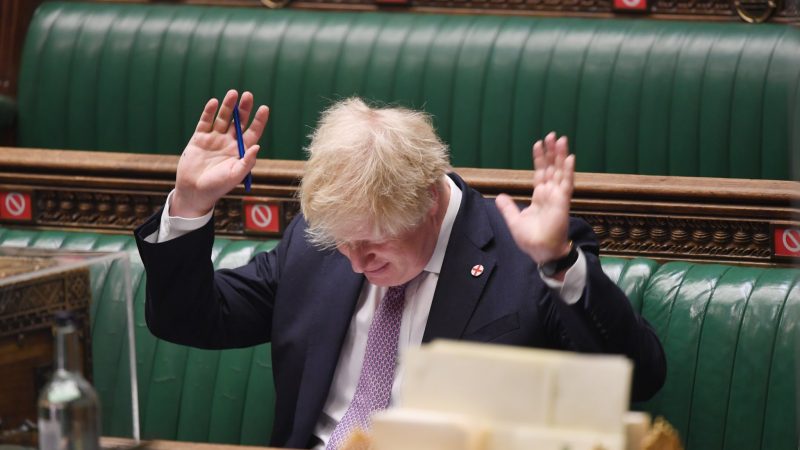
Boris Johnson announced on Thursday that he would stand down as Prime Minister following the resignation of more than 50 Conservative ministers within two days, including Health Secretary Sajid Javid and Chancellor Rishi Sunak. During his resignation speech, Johnson said he would remain in post until a new Conservative Party leader has been elected – a decision that has been strongly criticised by Labour as well as some Tory MPs.
Andrew Bridgen has urged chair of the 1922 committee of Tory backbenchers Graham Brady to “truncate, wherever possible, the leadership election process”, and fellow Tory MP Bob Neill has said the party “should speed up the transition as much as possible”. But how exactly does a Conservative Party leadership election work?
Leadership contests usually take place in two stages. In the first, Tory MPs determine two candidates to go forward to the second stage. Where there are more than two candidates standing for the leadership, the field is narrowed by MPs through a series of ballots of Conservative MPs (if only one candidate is successfully nominated, they become leader of the party, although a vote of Conservative Party members may be required to ratify the result). The candidate with the lowest vote is eliminated, and the process is repeated until two candidates are left.
The rules for this stage of the election are decided by the 1922 committee executive with input from the Conservative Party board (the national governing body of the party). Exact rules are not set out in any publicly available document. At the outset of a leadership contest, the 1922 committee chair decides on the election timetable and announces the rules to be followed – including the nomination requirements for MPs wishing to put themselves forward.
Stage two sees the two final candidates go head to head in a ballot of party members, using a one-member-one-vote system. The candidate with the most votes is elected as leader.
In 2016, following David Cameron’s resignation, the 1922 committee set a timetable on June 29th, five days after Cameron announced his decision to quit. Nominations opened immediately and closed the following day at midday. The first ballot of MPs took place on July 5th, with a second round on July 7th. Two candidates remained following the second round – Theresa May and Andrea Leadsom. A ballot of the party membership was due to take place and was expected to last approximately nine weeks, but Leadsom announced on July 11th that she was withdrawing her candidacy. May was subsequently confirmed as Prime Minister without a vote by the Conservative Party membership.
In the Conservative leadership contest following Theresa May’s resignation in 2019, MPs wishing to stand had to be backed by at least eight of their colleagues. The nomination window opened on June 4th and closed on June 10th, with the first ballot of MPs taking place on June 13th. The large number of candidates led to the decision that candidates receiving fewer than 17 votes in the first ballot round and fewer than 33 votes in the second were to be eliminated. Subsequent rounds saw the candidate with the fewest votes eliminated.
The initial ten candidates were whittled down to just two: Jeremy Hunt and Johnson. Johnson subsequently won 92,153 votes to Jeremy Hunt’s 46,656 on a turnout of 87.4% in the final ballot of Conservative Party members. This contest, which saw Johnson seize power, took 40 days. Reports suggest that Brady is likely to suggest a speedier timetable than Johnson is hoping for this time – with a six-week contest that would end when MPs return from recess, meaning a similar timetable to 2019.
The 1922 committee will meet on Monday and set out the exact process for reducing the list of nine candidates to just two in a series of votes by MPs before parliament goes into recess at the end of next week. Brady will then meet the party’s board to confirm a timetable for hustings in July and August, before members vote. The new Tory leader, and Prime Minister, is expected to be announced on September 5th. So, how do Tory leadership elections work? Only the 1922 committee knows for sure.




More from LabourList
‘Scotland’s choice’: Anas Sarwar launches Scottish Labour’s Holyrood campaign in New Year speech
‘Labour must act now to protect the UK and deter Russian aggression’
‘Tribune – standing between the elite and the people’